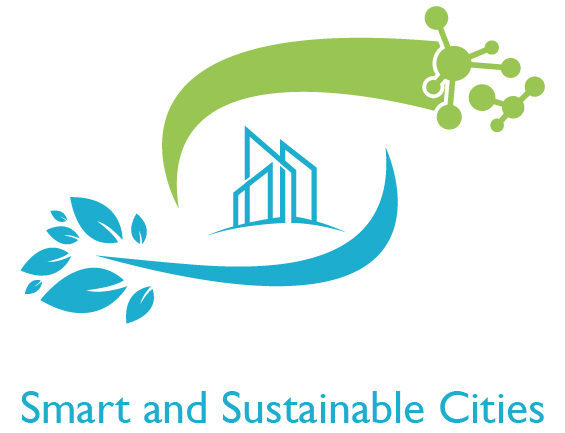The 4th webinar on ecological transition and climate and environmental issues of the research unit, chaired by Fateh Bélaïd, took place on June 7. The audience had the pleasure of listening to Paul Makdissi, Professor at the University of Ottawa, and Isolde Devalière, energy poverty project manager at ADEME, on questions around socio-economic inequalities and the challenges of fuel poverty.
At first, Isolde Devalière defined the concept of fuel poverty which, according to Law No. 2010-788 of July 12, 2010, corresponds to a situation in which a person experiences particular difficulties in their home in having access to the supply of energy necessary for the satisfaction of its basic needs because of the inadequacy of its resources or its living conditions. Very often, it is after a drop in resources (following a separation, a breach of professional contract) that the process of energy insecurity begins. In 2016, after identifying the various factors “favoring” fuel poverty, CSTB developed three indicators in order to measure it: (i) the energy effort rate (TEE in French), which corresponds to the share of total energy expenditure in housing on disposable household income; the threshold beyond which a household is considered to be in fuel poverty is 8% (almost twice the median); (ii) the declaration of reduced cold for reasons of fuel poverty (FR_PRECA); and (iii) the low income and high expenditure indicator (BRDE in French). The stability of the TEE and the feeling of cold in France for several years raises the question of the effectiveness of public policies in the country: more than 4.5 million French households are in a situation of fuel poverty.
Secondly, Paul Makdissi intervened to talk about the measurement of socioeconomic inequalities in non-monetary dimensions. He presented two approaches, one by inequality dominance and one Wagstaff approach (2002) for modeling indices of inequality and socioeconomic achievement. First developed to measure socioeconomic inequalities in health, these methods can be easily adapted for other dimensions. An illustration with Egyptian data on child malnutrition was provided. Future work may make the link between energy poverty and health, thus providing an opportunity to combine two disciplines.
The link to watch or replay the webinar:
Smart & Sustainable Cities 4th conference debate – YouTube
